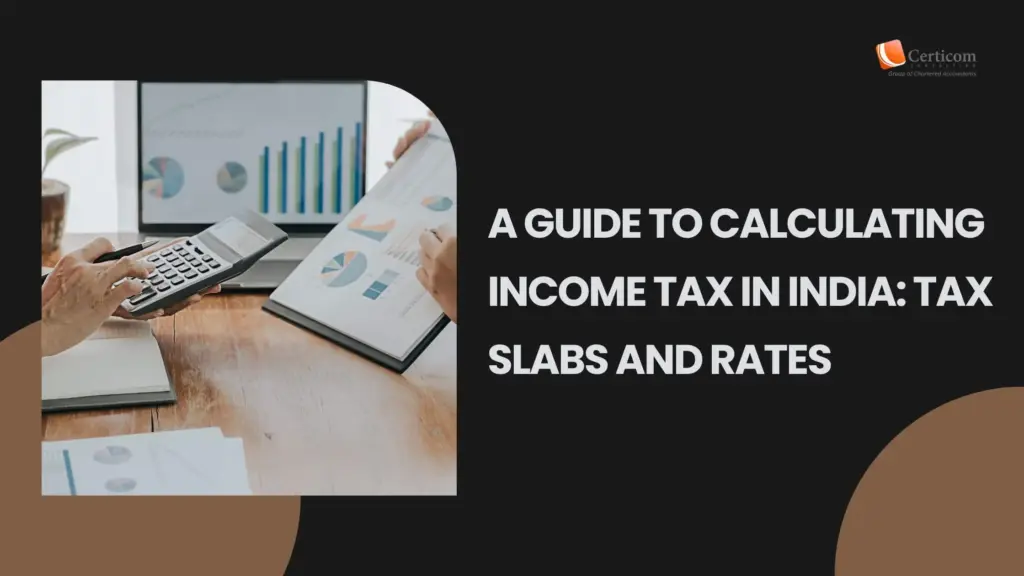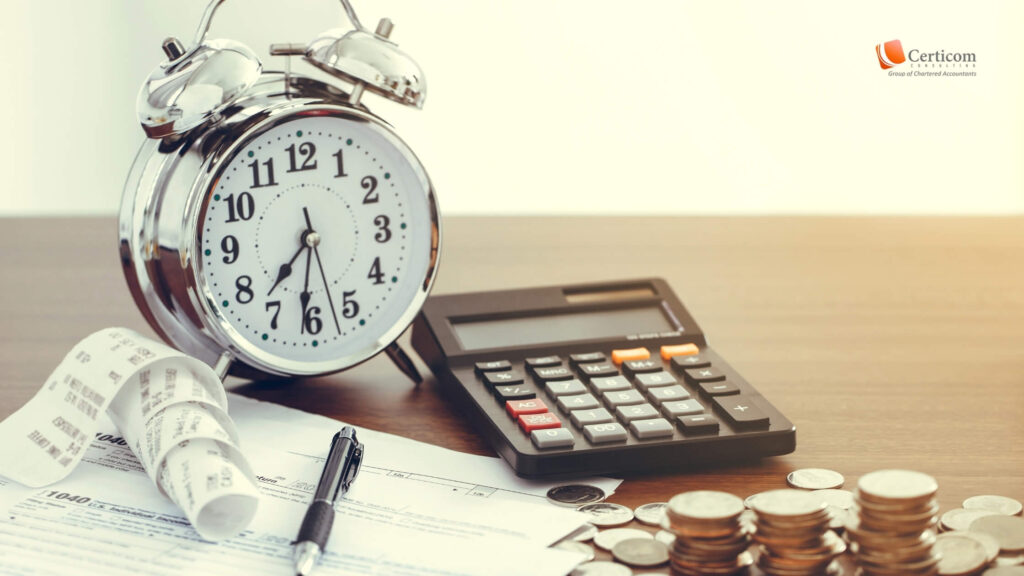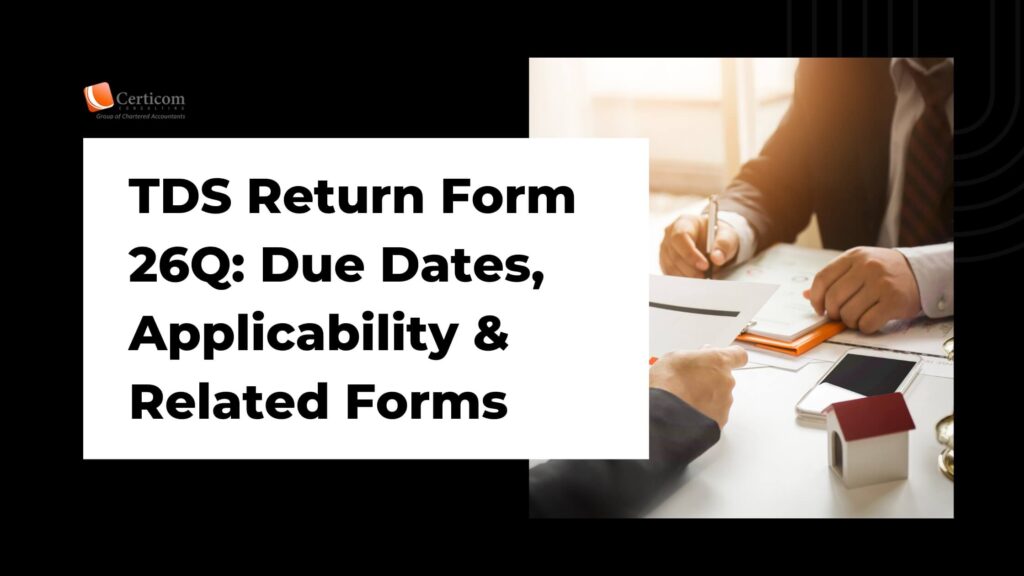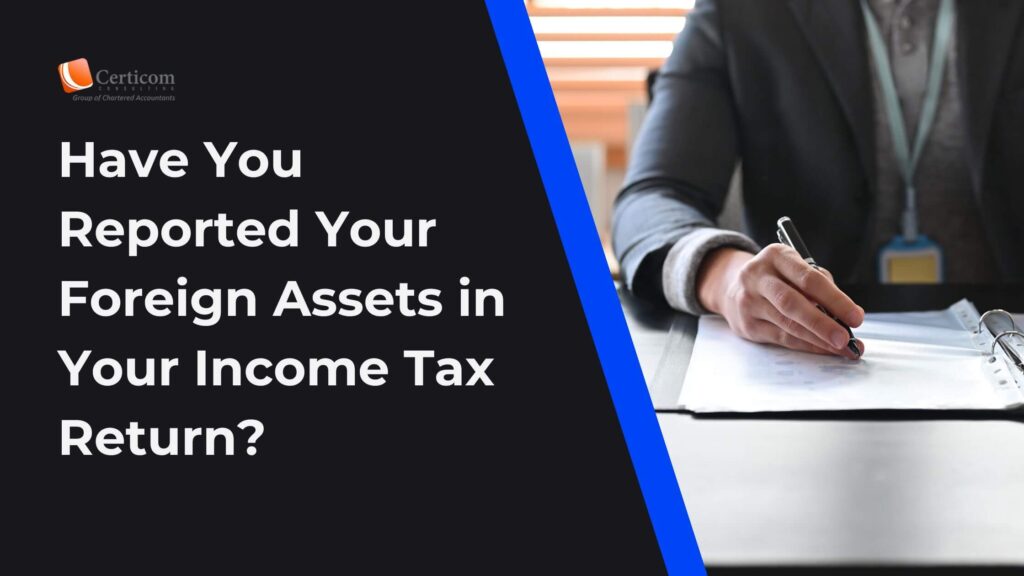A Guide to Calculating Income Tax in India: Tax Slabs and Rates

India offers its taxpayers two income tax regimes: the old regime and the new regime, each tailored to suit diverse financial needs. Here’s a comprehensive guide to calculating your income tax under both regimes.
Understanding the Tax Regimes
The New Tax Regime
The new tax regime aims to simplify taxation with lower rates but limited deductions. Key highlights include:
Tax Slabs:
₹0 to ₹3,00,000: Nil
₹3,00,001 to ₹6,00,000: 5%
₹6,00,001 to ₹9,00,000: 10%
₹9,00,001 to ₹12,00,000: 15%
₹12,00,001 to ₹15,00,000: 20%
Above ₹15,00,000: 30%
Standard Deduction: A fixed deduction of ₹75,000 for salaried taxpayers.

The Old Tax Regime
The old regime features higher tax rates but allows various exemptions and deductions, enabling taxpayers to optimize their taxable income.
Tax Slabs:
₹0 to ₹2,50,000: Nil
₹2,50,001 to ₹5,00,000: 5%
₹5,00,001 to ₹10,00,000: 20%
Above ₹10,00,000: 30%
Rebate under Section 87A: Taxpayers with income up to ₹5 lakh can claim a rebate of ₹12,500, effectively nullifying their tax liability.
How to Calculate Your Income Tax
Step 1: Calculate Gross Income
Determine your total income before applying deductions. Gross income includes:
Salary Components: House Rent Allowance (HRA), Leave Travel Allowance (LTA), and special allowances.
Income from Other Sources: Interest from savings accounts, rental income, or freelance earnings.
HRA Exemptions:
If you live in rented accommodation, part of your HRA may be tax-exempt. The exempt amount is the lowest of:
Actual rent paid minus 10% of basic salary.
HRA received from your employer.
50% of basic salary (metro cities) or 40% (non-metro cities).
Example:
Basic monthly salary: ₹50,000
Rent paid: ₹20,000
HRA received: ₹15,000
Calculation:
Actual rent paid – 10% of basic salary: ₹20,000 – ₹5,000 = ₹15,000
HRA provided: ₹15,000
50% of basic salary (metro): ₹25,000
The HRA exemption is ₹15,000.
Step 2: Subtract Exemptions and Deductions
Once you have your gross income, reduce it by eligible exemptions and deductions.
Standard Deduction:
Old regime: ₹50,000
New regime: ₹75,000
Section 80C Deductions: Investments such as PPF, EPF, ELSS, and life insurance premiums can reduce taxable income by up to ₹1.5 lakh (only under the old regime).
Additional Deductions:
Section 80CCD(1): Up to ₹50,000 for NPS contributions.
Section 80D: Health insurance premiums, with varying limits based on age.
Section 80TTA: Interest on savings accounts up to ₹10,000.
Step 3: Determine Taxable Income
Taxable income = Gross income – (Exemptions + Deductions)
Example: Gross income: ₹10 lakh Deductions (HRA + 80C): ₹2 lakh Taxable income: ₹8 lakh

Step 4: Apply the Tax Slabs
Use the applicable tax slabs to calculate your tax liability.
Example: Taxable income: ₹9.85 lakh
Old Regime:
₹2.5 lakh to ₹5 lakh at 5% = ₹12,500
₹5 lakh to ₹9.85 lakh at 20% = ₹97,000
Total tax: ₹1,09,500
Cess (4%): ₹4,380
Total liability: ₹1,13,880
New Regime:
₹3 lakh to ₹7 lakh at 5% = ₹20,000
₹7 lakh to ₹9.85 lakh at 10% = ₹28,500
Total tax: ₹48,500
Cess (4%): ₹1,940
Total liability: ₹50,440
Step 5: Add Cess and Surcharge
Cess: A 4% health and education levy on tax liability.
Surcharge: Applicable for incomes exceeding ₹50 lakh:
10% for incomes between ₹50 lakh and ₹1 crore
15% for incomes between ₹1 crore and ₹2 crore
Choosing the right tax regime depends on your income, exemptions, and financial goals. The new regime suits those preferring simplicity, while the old regime is beneficial for taxpayers utilizing deductions and exemptions. Evaluate your finances carefully to optimize your tax liability and comply with regulations.
Related Post
Have You Reported Your Foreign Assets in Your Income Tax Return?
A Beginner’s Guide to E-Filing Income Tax Return for FY 2024-25
Book A One To One Consultation Now For FREE
How can we help? *




